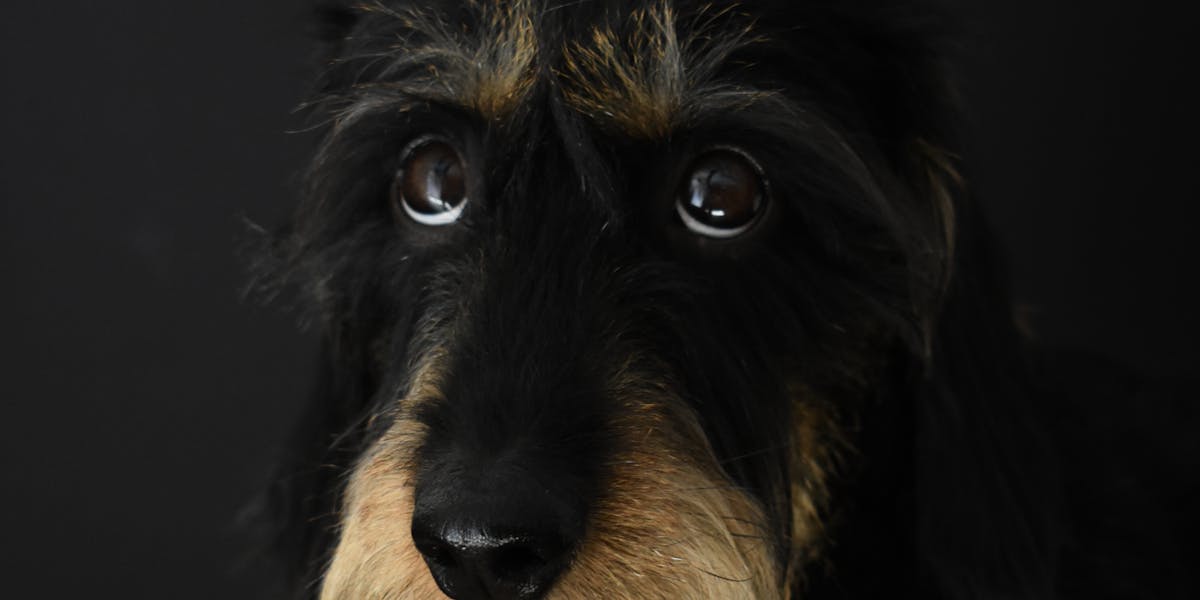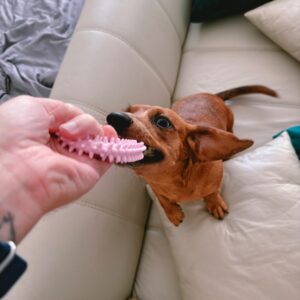When we talk about types of dachshunds, we enter a fascinating world filled with diverse breeds that each have their own charm and characteristics. From their unique physical traits to their distinct temperaments, understanding the different types of dachshunds can greatly enhance your experience as a dog owner. In this article, we will explore:
- Understanding the Different Types of Dachshunds
- Standard Dachshunds vs. Miniature Dachshunds
- Smooth-Haired vs. Long-Haired Dachshunds
- Wire-Haired Dachshunds and Their Unique Traits
- Dachshund Color Variations Explained
- The Temperament of Various Dachshund Types
- Choosing the Right Type of Dachshund for Your Home
- Health Considerations for Each Dachshund Type
- Fun Facts About Popular Dachshund Types
- Adopting vs. Buying Different Types of Dachshunds
Join us as we delve deeper into these fascinating topics and help you discover which type of dachshund might be the perfect fit for you and your family!
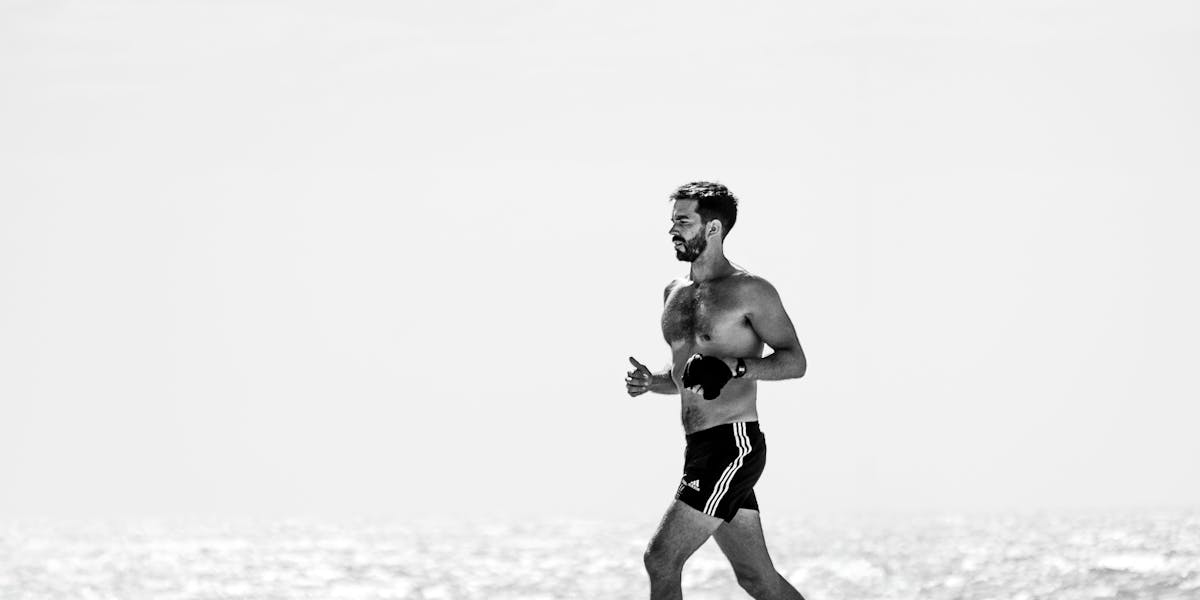
Understanding the Different Types of Dachshunds
Dachshunds are a beloved breed known for their unique shape and lively personalities. Understanding the different types of Dachshunds can help potential owners choose the right companion for their lifestyle. Here, we explore the various classifications of this charming breed.
Physical Characteristics
Dachshunds come in various sizes and coat types, which contribute to their distinct appearance. They are generally categorized into:
- Standard Dachshunds: Weighing between 16 to 32 pounds, these Dachshunds are robust and strong.
- Miniature Dachshunds: Weighing 11 pounds or less, they are smaller and often more delicate.
Coat Types
Dachshunds have three main coat types, each with unique grooming needs:
- Smooth-Haired: These Dachshunds have a short, shiny coat that requires minimal grooming.
- Long-Haired: With a flowing coat, they need regular brushing to prevent tangles.
- Wire-Haired: Their coarse coat is distinctive and requires specific grooming techniques.
Temperament and Behavior
The personality of a Dachshund can vary based on their type. Generally, they are:
- Playful and curious, making them great companions.
- Loyal to their families, often forming strong bonds.
- Stubborn at times, requiring consistent training.
Conclusion
Understanding the different types of Dachshunds is essential for potential pet owners. By considering their size, coat type, and temperament, you can find the perfect Dachshund that fits your lifestyle and home. Whether you choose a Standard or Miniature, Smooth or Long-Haired, each Dachshund has its own charm and personality.
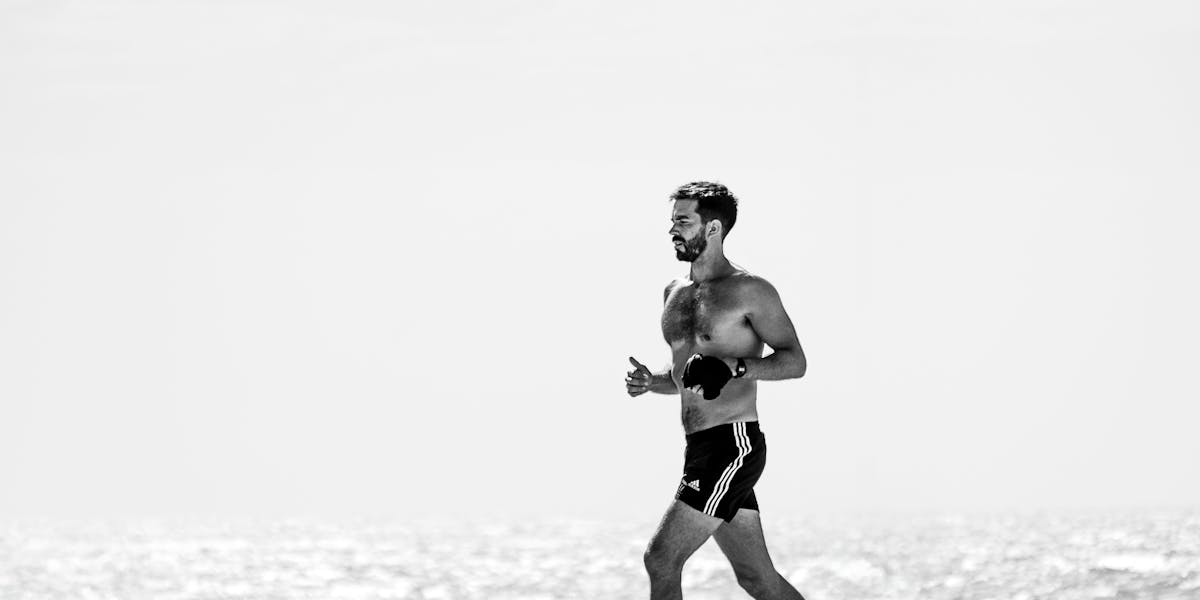
Standard Dachshunds vs. Miniature Dachshunds
Dachshunds come in two main sizes: Standard and Miniature. Understanding the differences between these two types is essential for potential owners.
Size Differences
- Standard Dachshunds: Weigh between 16 to 32 pounds and stand about 8 to 9 inches tall at the shoulder.
- Miniature Dachshunds: Weigh up to 11 pounds and stand around 5 to 7 inches tall at the shoulder.
Personality Traits
Both types share similar temperament traits, but there can be slight variations:
- Standard Dachshunds: Often more confident and bold.
- Miniature Dachshunds: Generally more playful and curious.
Exercise Needs
Both sizes require regular exercise, but their needs may differ slightly:
- Standard Dachshunds: Benefit from longer walks and more vigorous play.
- Miniature Dachshunds: Enjoy shorter, more frequent play sessions.
Training Considerations
Training can be similar for both sizes, but keep in mind:
- Standard Dachshunds: May be more stubborn, requiring patience.
- Miniature Dachshunds: Often respond well to positive reinforcement techniques.
Health Considerations
Both types are prone to certain health issues, including:
- Back Problems: Due to their long bodies.
- Weight Management: Important for both sizes to avoid obesity.
In conclusion, whether you choose a Standard or Miniature Dachshund, both can make loving companions. Consider your lifestyle and preferences when deciding which size is right for you.
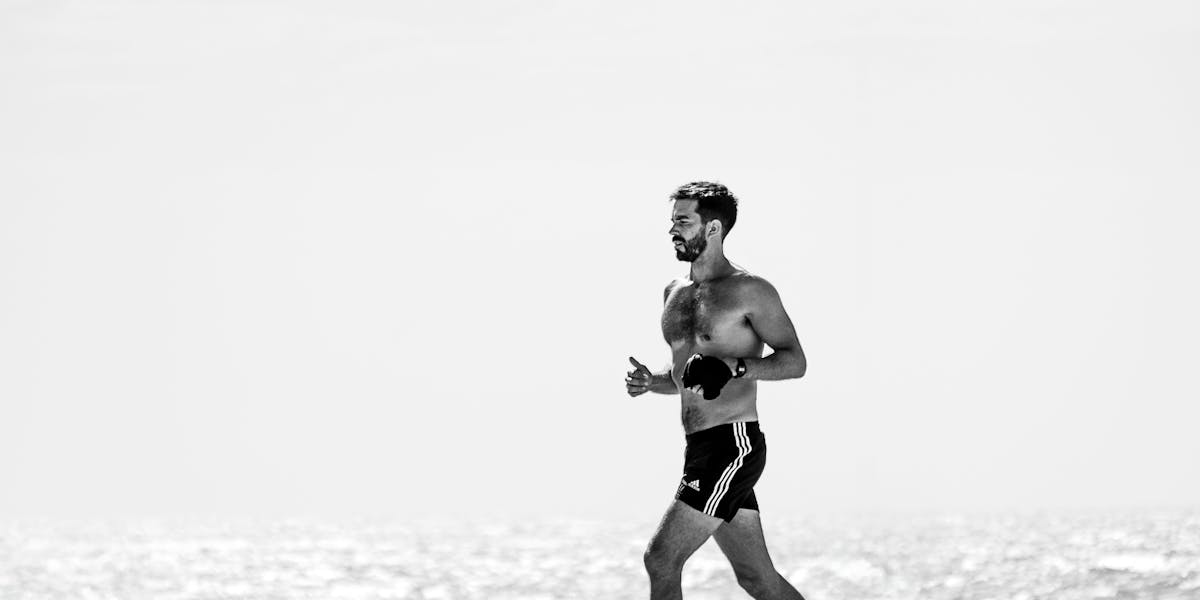
Smooth-Haired vs. Long-Haired Dachshunds
When it comes to Dachshunds, one of the most noticeable differences is their coat type. The two main types are Smooth-Haired and Long-Haired Dachshunds. Each type has its own unique characteristics and care requirements.
Smooth-Haired Dachshunds
Smooth-Haired Dachshunds have a short, shiny coat that lies close to the body. Here are some key features:
- Coat Care: They require minimal grooming. A weekly brushing is usually enough to keep their coat healthy.
- Temperature Tolerance: Their short coat makes them less tolerant of cold weather.
- Skin Health: They are prone to skin issues if not cared for properly, so regular checks are important.
Long-Haired Dachshunds
Long-Haired Dachshunds have a soft, flowing coat that can be quite beautiful. Here are their main traits:
- Coat Care: They require more grooming, often needing to be brushed several times a week to prevent mats and tangles.
- Temperature Tolerance: Their longer fur provides better insulation, making them more comfortable in cooler weather.
- Shedding: They tend to shed more than their smooth-haired counterparts, especially during seasonal changes.
In conclusion, choosing between a Smooth-Haired and a Long-Haired Dachshund depends on your lifestyle and preferences. Both types make wonderful companions, but their grooming needs and care requirements differ significantly.
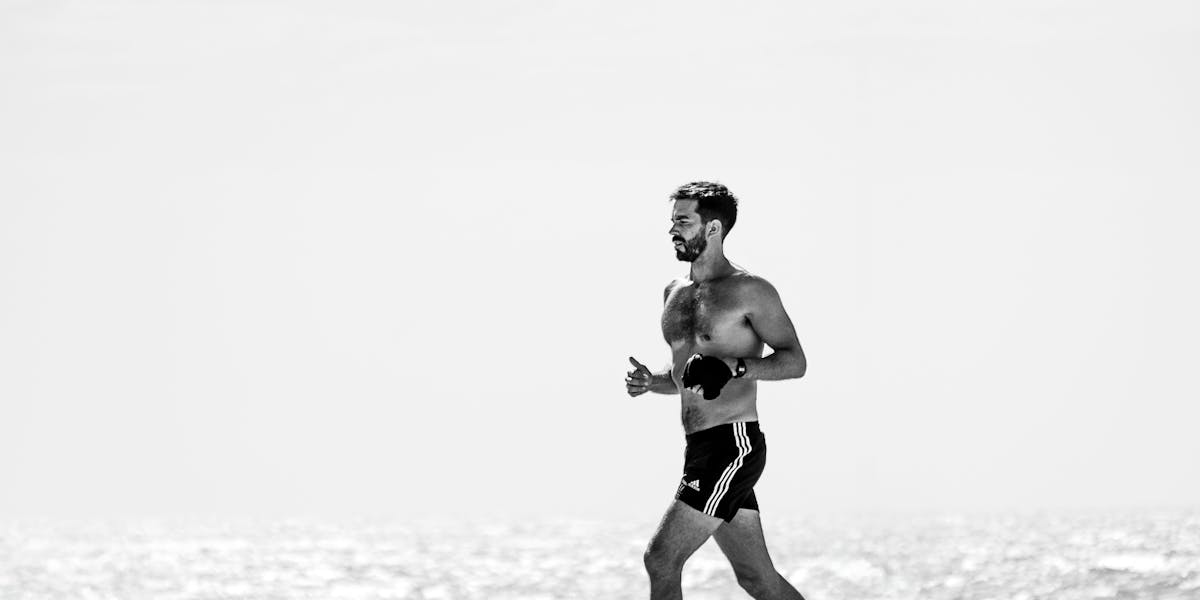
Wire-Haired Dachshunds and Their Unique Traits
Wire-Haired Dachshunds are known for their distinctive coat and playful personality. Their rough, wiry fur gives them a unique appearance that sets them apart from other Dachshund types.
Coat Characteristics
The wired coat of these Dachshunds is not just for show. It serves a purpose. Here are some features of their coat:
- Texture: The coat is dense and bristly, providing protection against harsh weather.
- Color Variations: Common colors include black, tan, and gray, often with patterns.
- Grooming Needs: Regular grooming is essential to prevent matting and to maintain their coat’s health.
Personality Traits
Wire-Haired Dachshunds are not just cute; they have a personality to match. Here are some traits:
- Curious: They love to explore and investigate their surroundings.
- Playful: These dogs enjoy games and playtime, making them great companions.
- Loyal: They form strong bonds with their families and can be quite protective.
Intelligence and Training
Wire-Haired Dachshunds are intelligent and can be trained effectively. However, they may have a stubborn streak. Here are some tips for training:
- Positive Reinforcement: Use treats and praise to encourage good behavior.
- Consistency: Be consistent with commands and rules to aid in their understanding.
- Socialization: Early socialization helps them become well-adjusted adults.
Health Considerations
Like all breeds, Wire-Haired Dachshunds can be prone to certain health issues. Common concerns include:
- Back Problems: Due to their long bodies, they are susceptible to intervertebral disc disease.
- Skin Issues: Their unique coat can lead to skin irritations if not properly cared for.
In summary, Wire-Haired Dachshunds are a delightful breed with their unique traits. Their distinctive coat, playful personality, and intelligence make them a wonderful addition to any family.

“`html
Dachshund Color Variations Explained
The Dachshund breed is known not only for its unique shape but also for its stunning variety of colors. Understanding these color variations can help potential owners choose the right pup for their family. Here’s a breakdown of the most common Dachshund colors:
- Black and Tan: This classic combination features a black body with tan markings on the face, legs, and chest. It’s one of the most popular color patterns.
- Chocolate and Tan: Similar to black and tan, this variation has a rich chocolate brown body with tan markings.
- Red: A solid and vibrant color, red Dachshunds can range from a deep mahogany to a lighter shade.
- Blue: This rare color is a diluted form of black, giving a striking grayish-blue appearance.
- Isabella: Also known as fawn, this color is a light, creamy shade with a hint of gray.
- Brindle: This pattern features a base color with darker stripes, giving it a unique and eye-catching look.
- Dapple: Dapple Dachshunds have a marbled coat with lighter spots against a darker base color.
Each color variation can have different personalities and traits, but all Dachshunds share the same lovable nature. When choosing a Dachshund, consider not just the color but also how it fits into your lifestyle and home environment.
In summary, Dachshund color variations add to the charm of these delightful dogs. Whether you prefer the classic black and tan or the unique dapple, each color brings its own beauty to this beloved breed.
“`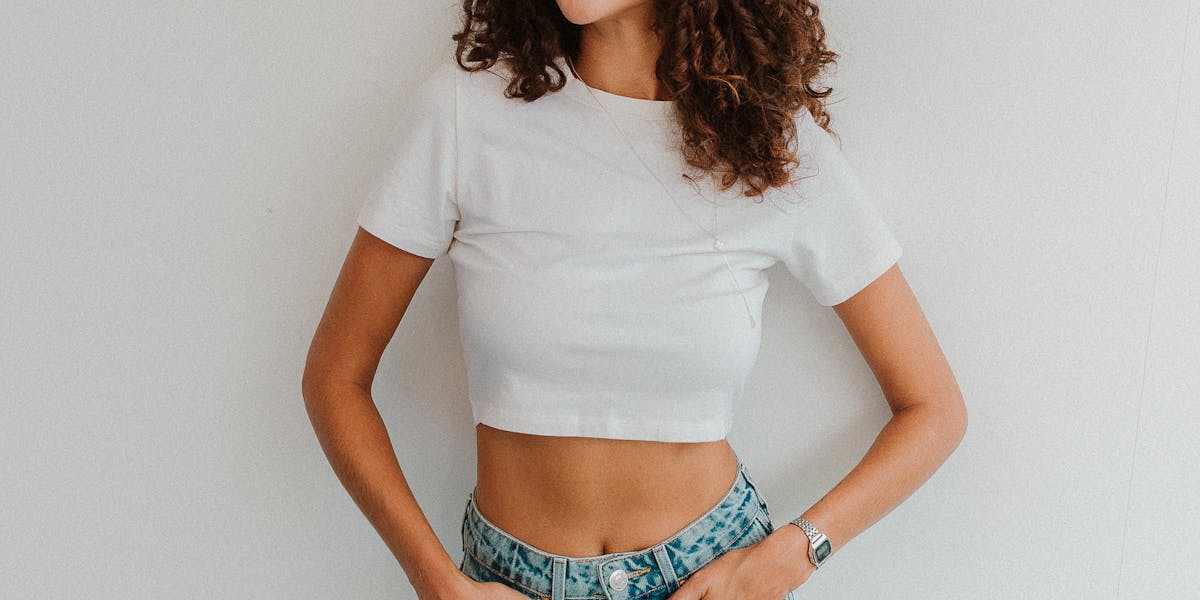
The Temperament of Various Dachshund Types
Dachshunds are known for their distinct personalities and unique temperaments. Each type of Dachshund may exhibit different traits influenced by their coat type and size. Understanding these differences can help potential owners choose the right companion for their lifestyle.
Standard Dachshunds
Standard Dachshunds are often described as lively and curious. They tend to be:
- Playful: Enjoys interactive play and is full of energy.
- Affectionate: Forms strong bonds with their families and loves to cuddle.
- Protective: Can be wary of strangers, making them good watchdogs.
Miniature Dachshunds
Miniature Dachshunds are spirited and bold, often displaying a larger-than-life personality. They are known for being:
- Social: Generally friendly with people and other pets.
- Adventurous: Loves to explore their surroundings.
- Stubborn: May require consistent training due to their independent nature.
Smooth-Haired Dachshunds
Smooth-haired Dachshunds are typically easygoing and affectionate. Their temperament includes:
- Gentle: Often calm and patient, making them good family pets.
- Friendly: Usually gets along well with children and other animals.
- Adaptable: Can adjust to various living situations, from apartments to houses.
Long-Haired Dachshunds
Long-haired Dachshunds are known for their charming and playful nature. They often exhibit:
- Affectionate: Loves to be with their owners and enjoys attention.
- Calm: Tends to be more laid-back compared to other types.
- Intelligent: Quick learners, but may have a gentle stubborn streak.
Wire-Haired Dachshunds
Wire-haired Dachshunds are often described as energetic and spirited. Their unique temperament includes:
- Playful: Enjoys playing games and engaging in activities.
- Confident: Often exhibits a bold personality and is less timid.
- Protective: Can be territorial and may bark to alert their owners.
In summary, each Dachshund type brings its own special temperament to the table. Whether you’re looking for a playful companion or a calm friend, there is a Dachshund type that fits your needs. Understanding these traits will help you make an informed decision when adding a Dachshund to your family.
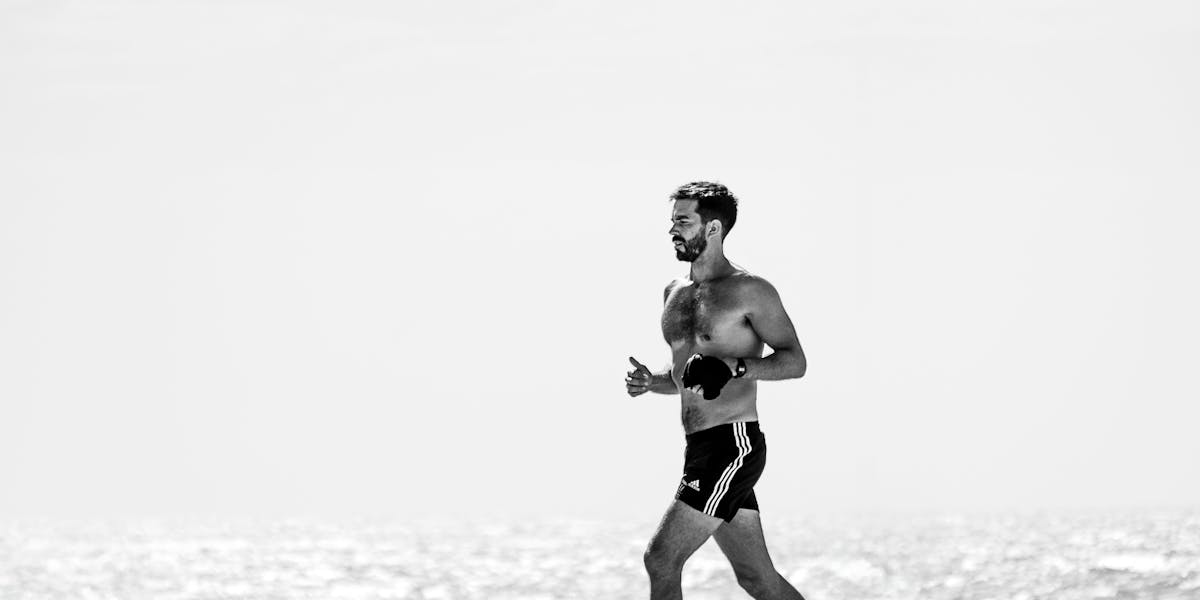
Choosing the Right Type of Dachshund for Your Home
When considering a Dachshund for your family, it’s essential to think about various factors that can influence your choice. Each type of Dachshund has unique traits and characteristics that may suit different lifestyles.
Assess Your Living Space
Before choosing a Dachshund, evaluate your home environment. Here are some points to consider:
- Apartment vs. House: Dachshunds can adapt to both settings, but larger spaces may be better for active dogs.
- Outdoor Access: If you have a yard, it can provide ample space for play and exercise.
- Noise Levels: Consider how much noise your household can tolerate, as some Dachshunds can be vocal.
Family Dynamics
Understanding your family’s lifestyle is crucial in selecting the right Dachshund:
- Children: Some types may be more tolerant of kids, while others might prefer a quieter environment.
- Other Pets: Consider how a Dachshund will interact with existing pets, as some may be more territorial.
Activity Level
Dachshunds vary in their energy levels. Think about your family’s activity level:
- Active Families: If you enjoy outdoor activities, a more energetic Dachshund type may fit well.
- Laid-Back Lifestyles: If you prefer a more relaxed pace, a calmer Dachshund might be a better match.
Grooming Needs
Different types of Dachshunds come with different grooming requirements:
- Smooth-Haired: Minimal grooming needed, good for busy families.
- Long-Haired: Requires regular brushing to prevent mats.
- Wire-Haired: Needs occasional grooming and trimming.
Health Considerations
Be aware of the health issues that may affect different Dachshund types:
- Back Problems: All Dachshunds are prone to spinal issues, so consider their activity level.
- Weight Management: Ensure you choose a type that can maintain a healthy weight based on your lifestyle.
Ultimately, the right type of Dachshund for your home depends on your living situation, family dynamics, activity level, grooming preferences, and health considerations. By evaluating these aspects, you can find a furry companion that fits seamlessly into your life.
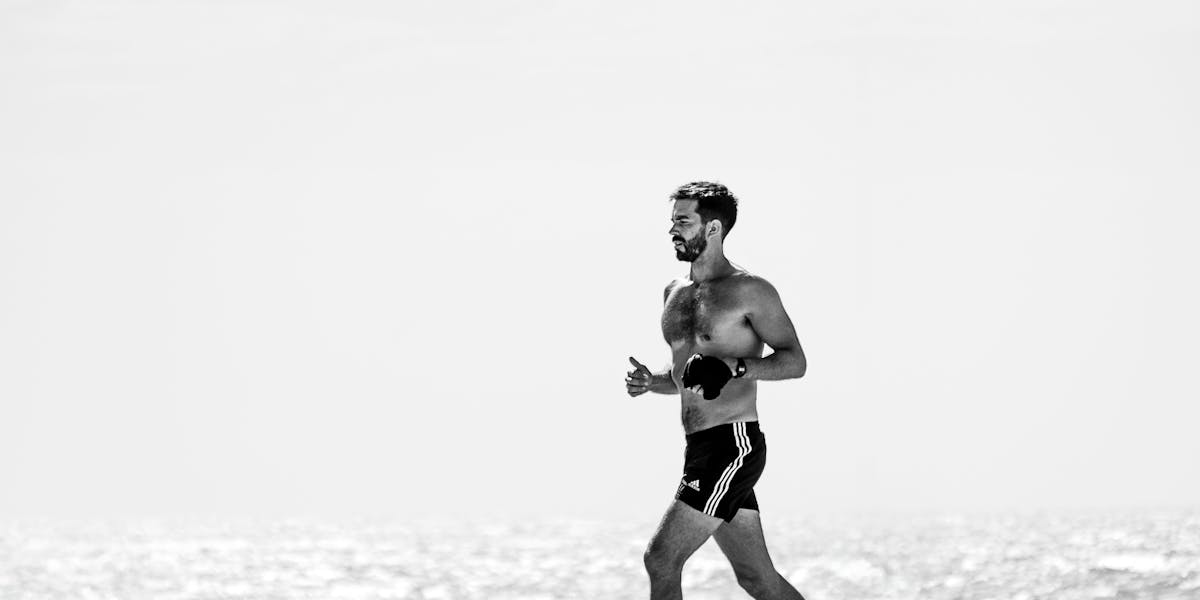
Health Considerations for Each Dachshund Type
When choosing a Dachshund, it is essential to consider the specific health issues that may affect each type. Here are some health considerations for the various Dachshund types:
Standard Dachshunds
- Back Problems: Standard Dachshunds are prone to intervertebral disc disease (IVDD) due to their long backs.
- Obesity: Maintaining a healthy weight is crucial, as obesity can worsen back issues.
Miniature Dachshunds
- Dental Issues: Miniature Dachshunds may experience dental problems, so regular dental care is important.
- Joint Issues: They can also suffer from luxating patella, a condition affecting the knee joint.
Smooth-Haired Dachshunds
- Skin Conditions: Smooth-haired Dachshunds may develop skin allergies or infections, requiring regular skin checks.
- Ear Infections: Their ears need regular cleaning to prevent infections.
Long-Haired Dachshunds
- Matting and Grooming: Long-haired Dachshunds require frequent grooming to avoid matting and skin irritations.
- Eye Problems: They may be more susceptible to certain eye conditions, such as cataracts.
Wire-Haired Dachshunds
- Skin Issues: Wire-haired types can experience skin problems, including allergies and infections.
- Digestive Problems: Some may have sensitive stomachs, so a proper diet is essential.
Overall, regular veterinary check-ups and a healthy lifestyle can help manage these health considerations for all types of Dachshunds. Always consult with a veterinarian for the best care practices.
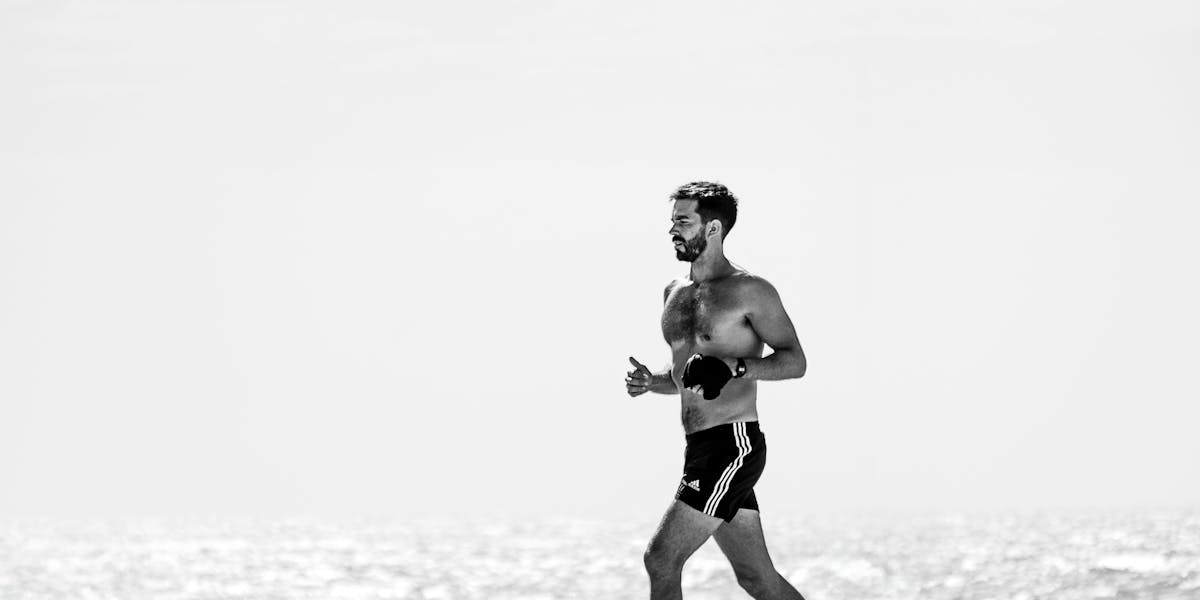
Fun Facts About Popular Dachshund Types
Dachshunds are beloved for their unique shapes and personalities. Here are some fun facts that highlight the charm of different types of Dachshunds:
- Origin of the Name: The name “Dachshund” comes from the German words “Dachs” (badger) and “Hund” (dog), which reflects their original purpose as badger hunters.
- Variety in Sizes: There are two main sizes of Dachshunds: Standard and Miniature. The Standard Dachshund typically weighs between 16-32 pounds, while the Miniature usually weighs 11 pounds or less.
- Coat Types: Dachshunds come in three coat types: Smooth, Long-Haired, and Wire-Haired. Each type has its own grooming needs and unique look.
- Colorful Choices: Dachshunds can be found in a variety of colors, including black, chocolate, cream, and red. Some even have unique patterns like dapple or brindle.
- Distinct Personalities: Each type of Dachshund has its own temperament. For example, Wire-Haired Dachshunds are often described as more energetic and playful.
- Famous Dachshunds: Dachshunds have made appearances in movies and TV shows, such as the character “Wiener Dog” in the film “Wiener Dog” and the adorable dog in “The Secret Life of Pets.”
- Longevity: Dachshunds are known for their long lifespan, often living between 12 to 16 years, making them wonderful companions for many years.
- Unique Body Structure: Their long bodies and short legs make them quite agile, allowing them to dig and burrow, which is part of their hunting heritage.
These fun facts showcase the delightful quirks and characteristics that make each type of Dachshund special. Whether you’re a fan of their playful nature or their distinctive appearance, there’s no denying the charm of these little dogs!
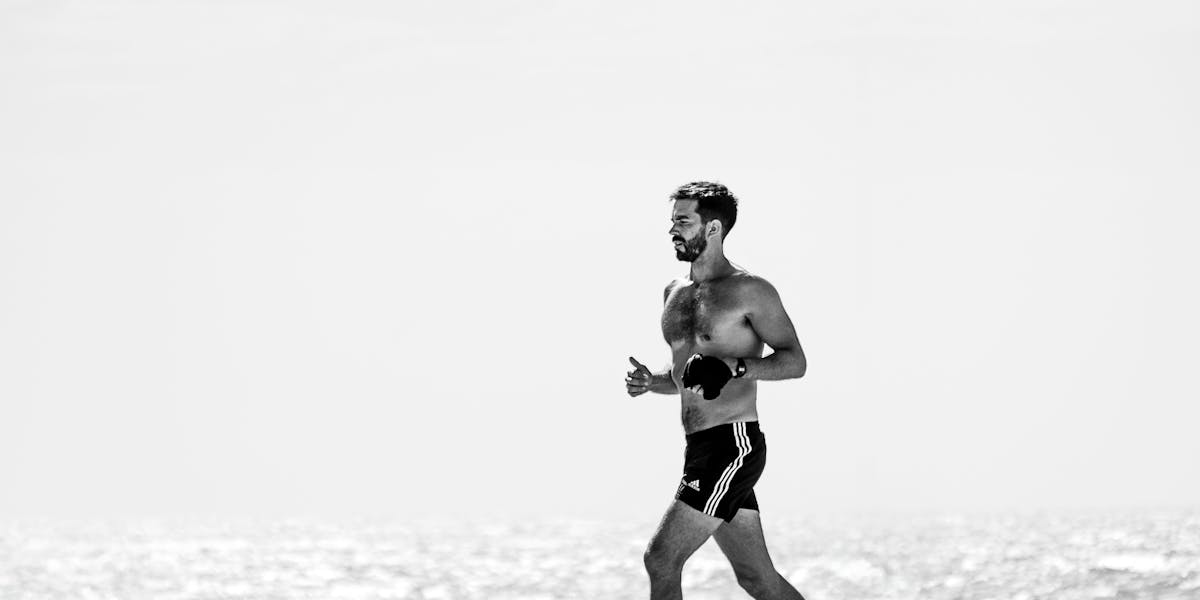
“`html
Adopting vs. Buying Different Types of Dachshunds
When it comes to bringing a Dachshund into your home, you have two main options: adopting or buying. Each choice has its own benefits and considerations.
Adopting a Dachshund
Adopting a Dachshund can be a rewarding experience. Here are some key points to consider:
- Saving a Life: Adopting from a shelter or rescue organization can help save a dog’s life.
- Lower Cost: Adoption fees are often lower than purchasing from a breeder.
- Variety: Shelters often have a range of Dachshund types and mixes available.
- Support: Many shelters provide resources and support for new pet owners.
Buying a Dachshund
Buying a Dachshund from a reputable breeder can also be a good option. Consider the following:
- Health Guarantees: Responsible breeders often provide health guarantees for their puppies.
- Pedigree: You can learn about the dog’s lineage and potential traits.
- Socialization: Puppies from breeders may have early socialization, which can aid in training.
- Specific Traits: If you want a specific type, such as a long-haired or miniature Dachshund, breeders can help.
Making the Right Choice
Ultimately, the decision to adopt or buy should depend on your personal preferences and circumstances. Here are some tips:
- Research: Look into local shelters and breeders to understand your options.
- Consider Your Lifestyle: Think about your living situation and how much time you can dedicate to a new pet.
- Meet the Dog: Whether adopting or buying, spend time with the dog before making a decision.
Both adopting and buying have their advantages. Choose the option that feels right for you and your future Dachshund!
“`
